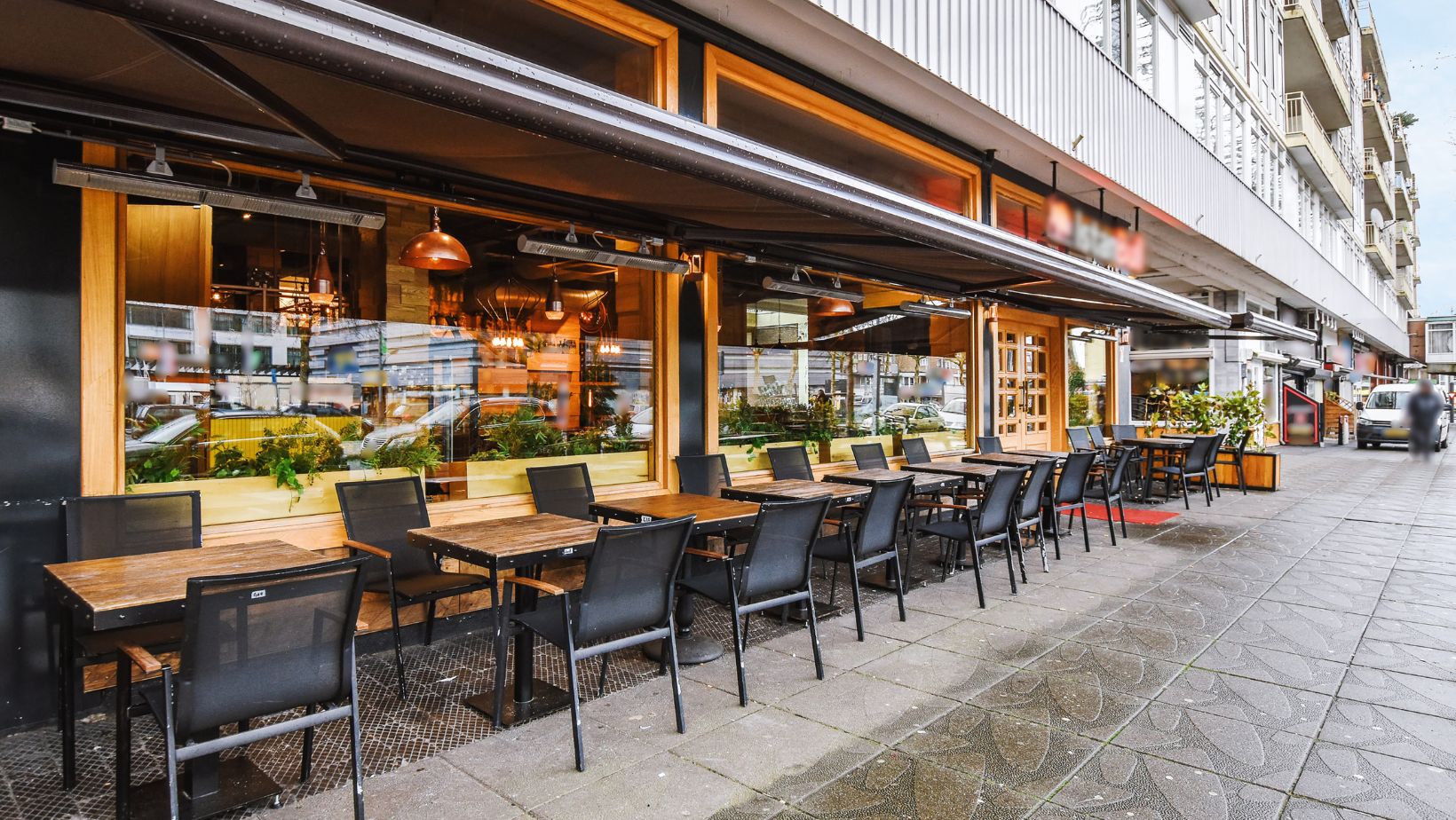Innovation on the Menu: How Technology Is Redefining the Restaurant Industry

The restaurant industry has always been about experience, taste, service, and atmosphere. But in the digital age, innovation is becoming just as essential as great food. From AI-powered kitchen tools to advanced delivery systems, restaurants are embracing technology to stay competitive and meet evolving customer expectations.
Behind the scenes, innovation isn’t just happening in the kitchen. It’s reshaping how restaurants manage operations, staff, and even customer engagement. The tools that once felt like a luxury are now critical for growth and sustainability.
The Digital Shift in Restaurant Management
In recent years, restaurants have moved from pen-and-paper operations to data-driven ecosystems. Automation and cloud-based systems are helping owners streamline every aspect of their business, from supply chain logistics to customer feedback.
1. Smart Inventory and Supply Chain Solutions
AI-driven inventory systems predict demand, helping restaurants reduce food waste while keeping essential ingredients in stock. Real-time analytics also let owners identify trends, such as seasonal demand spikes, and plan purchases more strategically.
2. Contactless and Mobile Technology
The rise of contactless payments and mobile ordering has transformed how customers interact with restaurants. QR-code menus, app-based loyalty programs, and online reservations all add convenience while collecting valuable data on customer preferences.
3. Data-Powered Marketing
With digital tools, restaurants can now target their ideal customers more effectively. Social media analytics, automated email campaigns, and review management platforms make it easier to build brand loyalty and optimize marketing spend.
4. Personalized Customer Experiences
AI and data integration allow restaurants to personalize marketing efforts and menu recommendations.

From offering tailored discounts to recognizing repeat customers’ preferences, technology helps create a more engaging, loyalty-driven dining experience.
HR and Workforce Innovations in Restaurants
As technology improves customer-facing operations, it’s also modernizing how restaurants manage their teams. Staffing challenges, from high turnover to complex scheduling, are being tackled through smarter, integrated systems.
Simplifying HR with Automation
Human resources used to be one of the most time-consuming aspects of restaurant management. Today, tools like automated scheduling, time tracking, and performance dashboards make it easier to manage teams efficiently and transparently.
Streamlining Payroll and Compliance
Restaurant payroll can be complicated with varying pay rates, tips, and shifts. Thankfully, modern HR platforms like efficient payroll management for restaurants automate these processes, ensuring accuracy and compliance. These systems also provide insights into labor costs, helping owners make smarter staffing decisions.
Empowering Employees
Modern workforce platforms give employees direct access to their schedules, pay stubs, and time-off requests. This transparency builds trust and reduces administrative overhead, creating a more positive workplace culture.
Training and Upskilling Through Tech
Learning management systems and digital training platforms are making it easier to onboard new hires and keep staff updated. Interactive video tutorials and progress-tracking dashboards help employees learn on the go, leading to higher engagement and performance.
Sustainability and Smart Operations
Innovation in restaurants isn’t limited to technology; it’s also driving sustainability. Smart appliances reduce energy usage, while AI-powered systems track waste and optimize ingredient usage. These technologies not only cut costs but also align with growing consumer demand for environmentally conscious dining.
Sustainability now overlaps with profitability. Restaurants that invest in eco-friendly technologies often see lower operational costs and stronger brand loyalty from eco-aware diners.
Energy-Efficient Kitchens
Many restaurants are adopting energy-efficient appliances and systems that monitor electricity and water use in real time. Smart thermostats and lighting systems automatically adjust based on usage, saving money and reducing environmental impact.
Reducing Food Waste with AI
AI-based kitchen tools help chefs predict demand, minimize spoilage, and repurpose excess ingredients. Some systems can even analyze purchasing trends to recommend more sustainable sourcing practices.
Sourcing Locally and Responsibly
Digital platforms now connect restaurants directly with local farmers and suppliers. This reduces transportation costs, ensures freshness, and supports community economies while meeting customer demand for transparency.
Financial and Operational Efficiency
Innovation also extends to financial management. With margins tighter than ever, restaurants are leveraging technology to track expenses, automate accounting, and forecast profits.
Real-Time Data for Smarter Decisions
Cloud-based POS systems and financial dashboards give owners access to live data on sales, labor costs, and customer trends. This real-time insight helps managers respond quickly to challenges, adjusting staffing, menu prices, or promotions as needed.
Dynamic Pricing Models
Some restaurants are experimenting with AI-driven pricing, adjusting menu costs based on demand, inventory, and even weather. This model, common in e-commerce, is helping restaurants balance profitability and customer satisfaction.
The Future of Restaurant Innovation
Looking ahead, the pace of innovation shows no sign of slowing down. A few key trends are shaping the next chapter in restaurant evolution:
AI-Driven Predictive Analytics: Anticipating customer behavior and optimizing menu offerings in real time.
Integrated Management Platforms: Combining HR, payroll, marketing, and customer engagement in one digital ecosystem.
Augmented Reality Experiences: Offering immersive dining options and virtual menu previews.
Robotics in Service and Kitchen Workflows: Automating repetitive tasks to enhance consistency and speed.
Blockchain for Food Traceability: Ensuring transparency in sourcing and food safety from farm to fork.
Final Thoughts
Restaurants that embrace innovation are redefining what it means to run a modern business. Whether it’s reducing waste, improving HR efficiency, or enhancing the dining experience, technology is proving to be the ultimate ingredient for long-term success.
The modern restaurant isn’t just about great food; it’s a blend of creativity, sustainability, and smart technology. From AI-driven kitchens to automated payroll systems, innovation has become the secret sauce behind the restaurants that thrive. In today’s fast-paced, tech-driven world, those willing to innovate aren’t just keeping up; they’re leading the future of dining.




